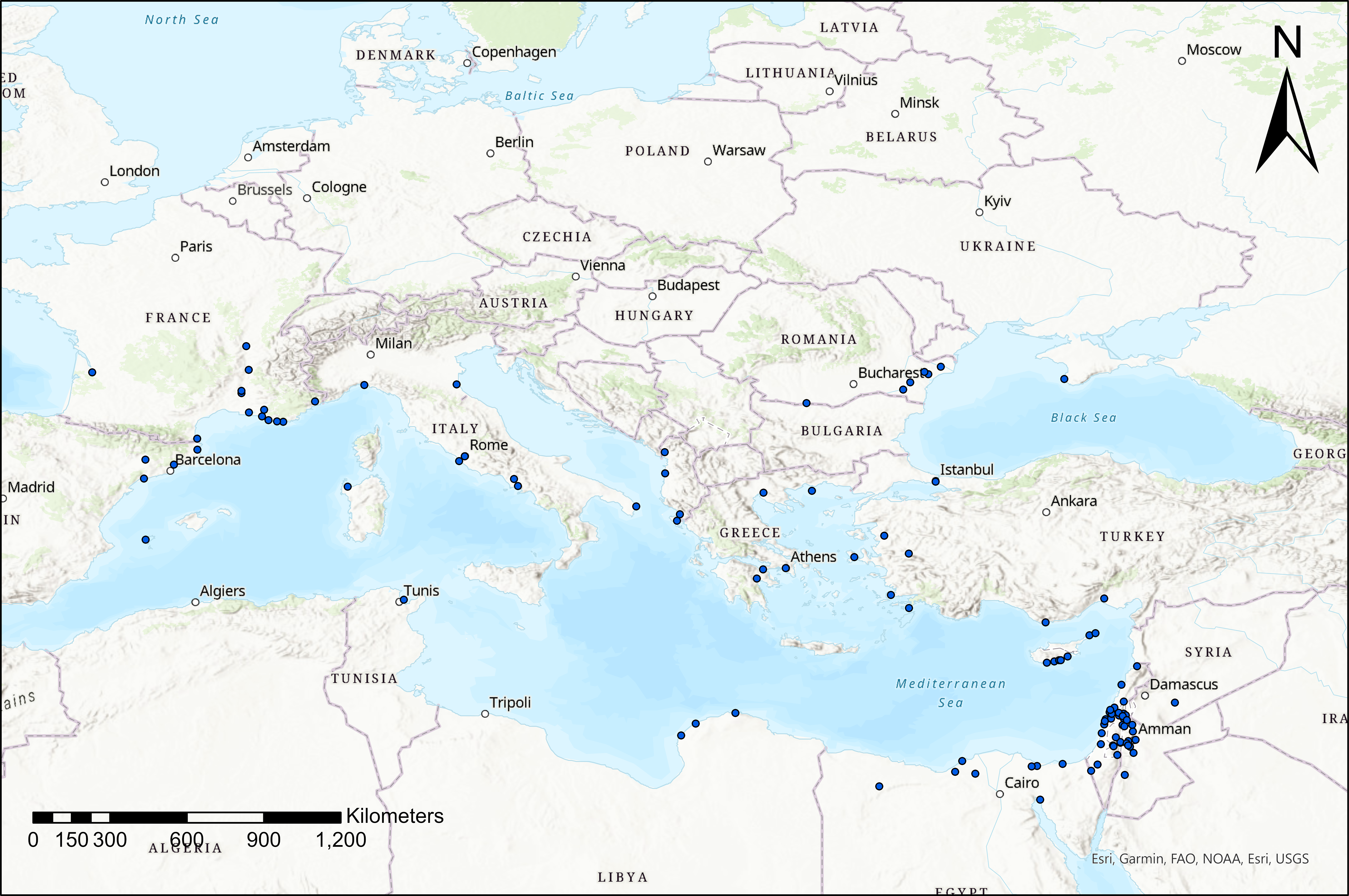29 II: Haggai Olshanetsky (UW) & Lev Cosijns (Oxford), Using macro-scale data to understand the relationship between climate, demography and economy in Late Antiquity

In the last few decades, there is growing interest in the effects of climate on ancient societies, such as the end of the Roman Climate Optimum in the 2nd to 3rd centuries AD, and the LALIA in the 6th century AD. Often, specific archaeological finds are used as evidence to claim and support hypotheses on the large-scale effects of climate change in antiquity. However, in order to sufficiently prove and support such a claim, consistent similar evidence is needed in multiple widespread areas from the same period. This paper intends to present large-scale data and to show the changes throughout the Roman period in tens of thousands of sites in the eastern part of the Mediterranean. This information was extracted from hundreds of surveys, including from Israel, Egypt, Jordan, and Syria, and will be used to show the changes in settlement patterns and distribution throughout the period in a tabular and graphical format, as well as in GIS. In addition, data from an expanded OXREP database on shipwrecks will be used. The amendments, as well as the addition of further shipwrecks to the database, can give us a better understanding of the rise and fall of maritime trade, both in the Mediterranean and beyond. All this will be used to show that the changes in society are not always as expected, and these processes were more complex and were not necessarily related to climate change.
